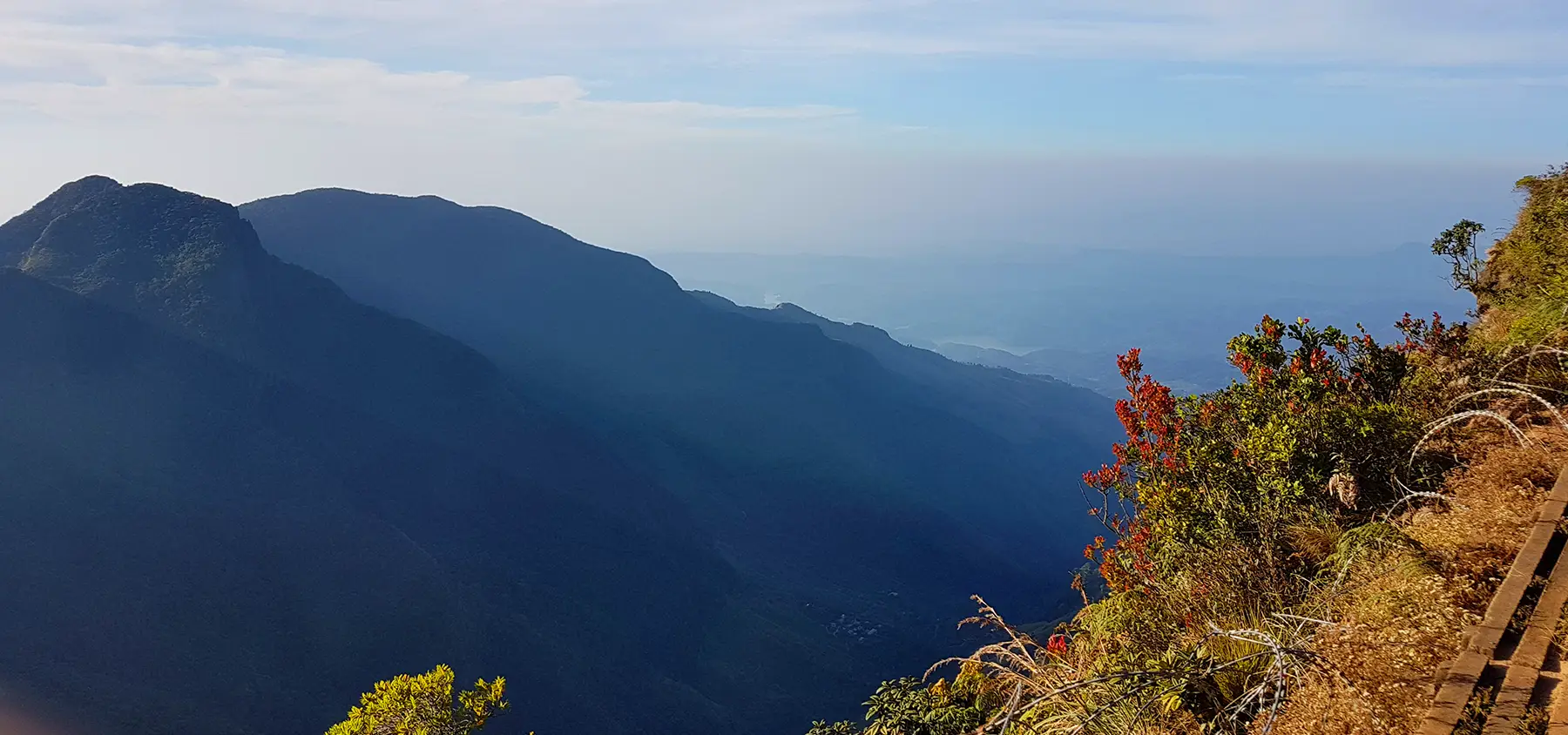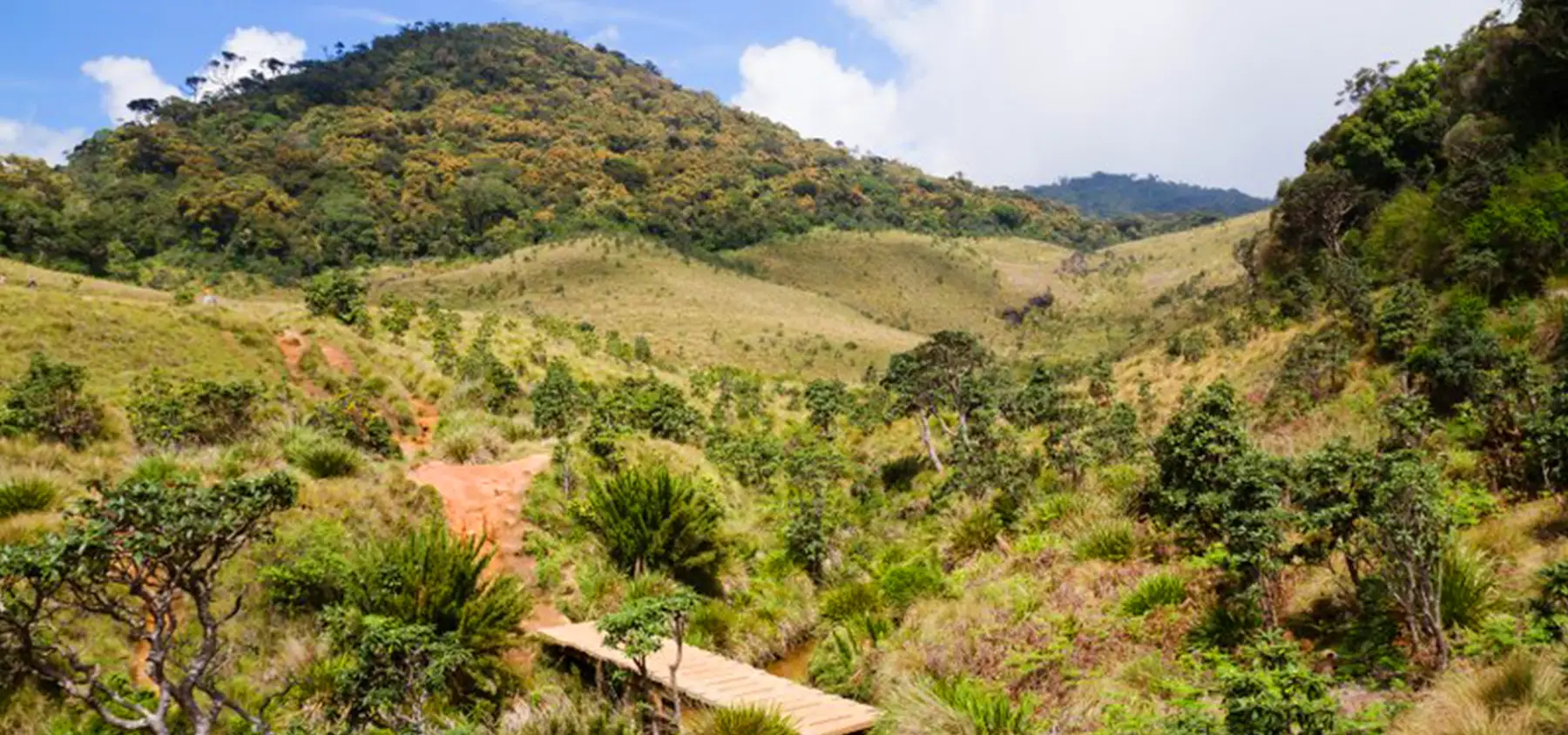Horton Plains National Park offers a unique highland experience, with its diverse ecosystems, abundant wildlife, and stunning landscapes, the park offers a captivating experience for nature enthusiasts, hikers, and anyone seeking to connect with the natural world. Whether exploring its lush cloud forests, marveling at the vistas from World’s End, or supporting conservation efforts, visitors to Horton Plains National Park are sure to leave with lasting memories and a deeper appreciation for Sri Lanka’s natural heritage.




